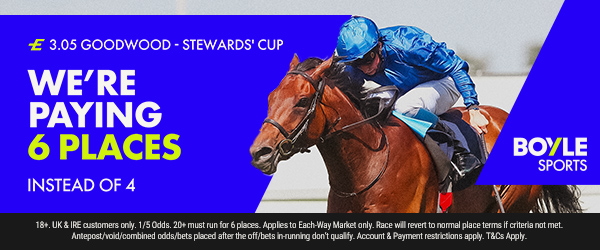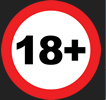 |
RacingBetter News |
| Wednesday 18th June 2025 | |
Flat vs. Jumps: Which Code Offers the Best Value for Punters?
The debate over which type of horse racing offers the best value for bettors has been around for quite some time. Each racing style comes with its own set of challenges, perks, and betting angles. To help you figure out which might be more rewarding, let’s explore the key differences and what to consider when placing your bets.
Getting to Know the Basics
Flat racing involves horses running on a smooth, level track without any jumps. These races usually cover shorter distances, anywhere from about five furlongs (roughly 1,000 meters) up to two miles and four furlongs. Horses competing on flat tracks are smaller and stockier, bred to precipitate short bursts of speed.
Jump racing, or National Hunt racing, is where horses jump over obstacles. They are often much longer, typically run at between just under two miles up to over four miles, such as the famous Aintree Grand National. On the other hand, jumps racing features taller, longer horses built for endurance. These races test stamina as horses clear hurdles and fences before crossing the finish line.
How Betting Plays Out
One major factor that affects betting value is how odds makers assess the races. Flat racing tends to be more straightforward, focusing on speed and form, while jumps racing is less predictable, which can lead to bigger payouts when underdogs perform well.
Jumps racing is more of a lottery because of the obstacles and extra distance. More outsiders have a real chance to win, and therefore the odds can be longer—and possibly more rewarding. It is this element of surprise that ensures jumps racing is a hit with those punters who always manage to find that value bet.
Seasonal Biases and Wagering Strategy
The racing calendar also plays a part in the punter's selection. Flat racing dominates the warmer months, featuring prestigious races like the 2,000 Guineas, the Derby, and Royal Ascot. Jumps racing is at its height during the colder months (mid-October to April) and provides a different range of challenges and betting options.
Some punters are into one code but not the other, and some dabble in both depending on the season. Many seasonal punters switch attention to jumps in the winter and to flats in the summer. In this way, they can make the most of the best values and shapes in each code.
Which Code Offers the Best Value?
If you like uniformity and the ease of betting, you might prefer flat racing. The races are statistically backed, and favorites are hard to beat. But if you seek bigger prizes and like analyzing more variables like stamina, jumping ability, and the state of the track, jumps racing might hold greater appeal.
In the end, both flat and jumps racing have their own appeal. Flat races offer a faster pace and more predictable outcomes, while jumps races bring excitement and the possibility of surprising upsets. What works best depends on your approach to betting, how much risk you’re willing to take, and how well you understand the sport. Many successful punters pay close attention to how odds are set and stay alert for those unexpected upsets that can turn the tables in horse racing.







